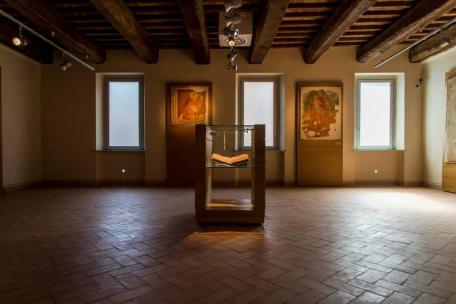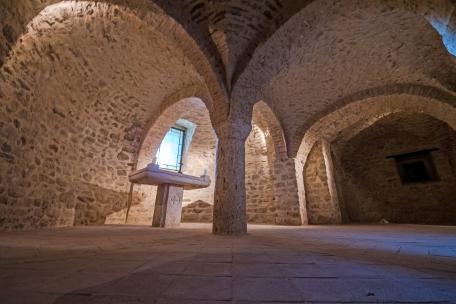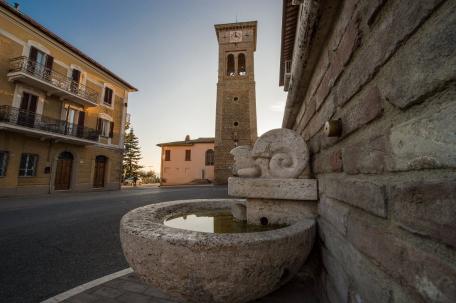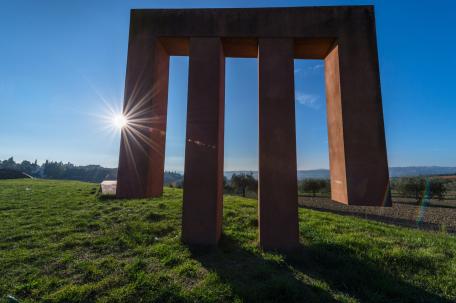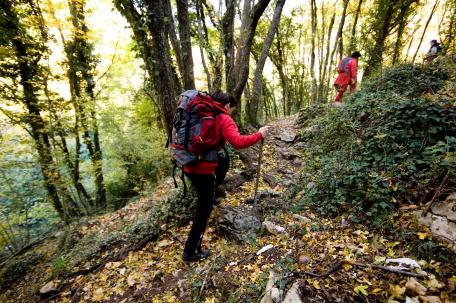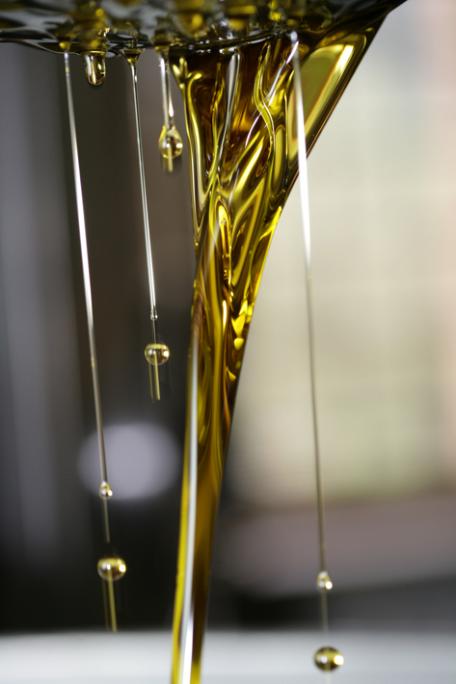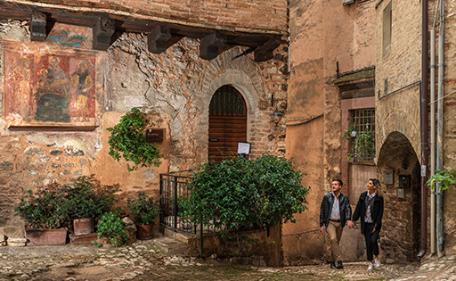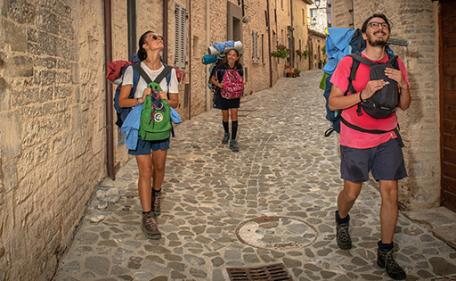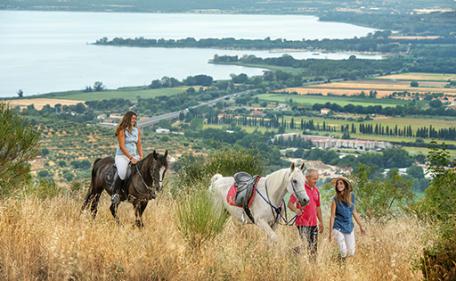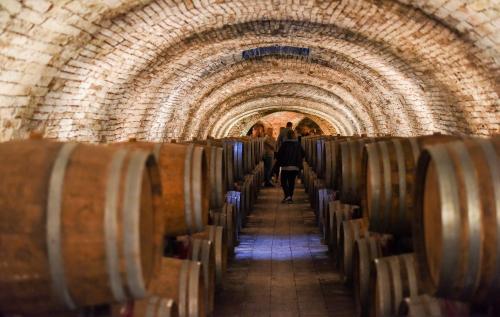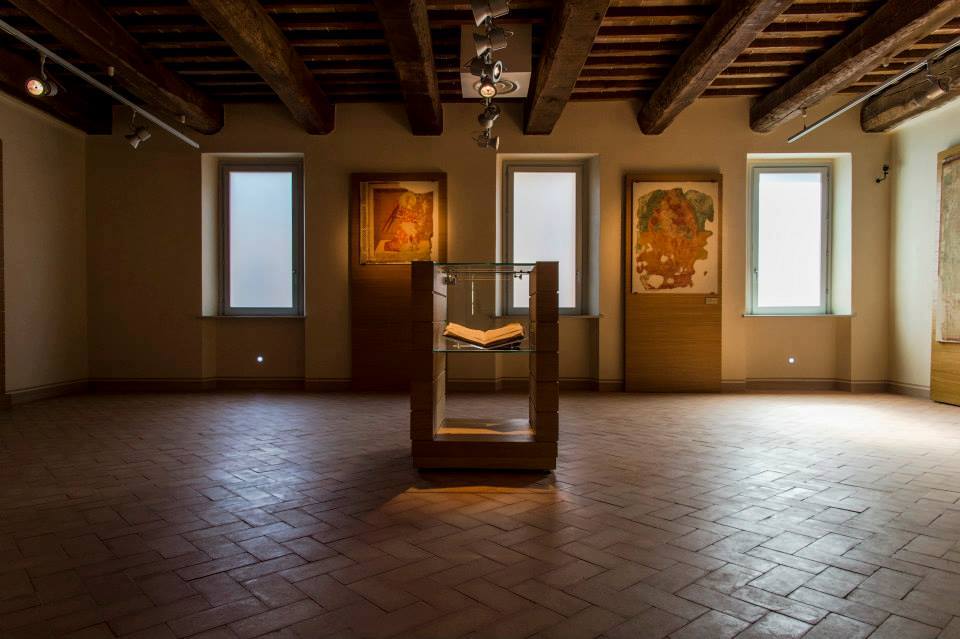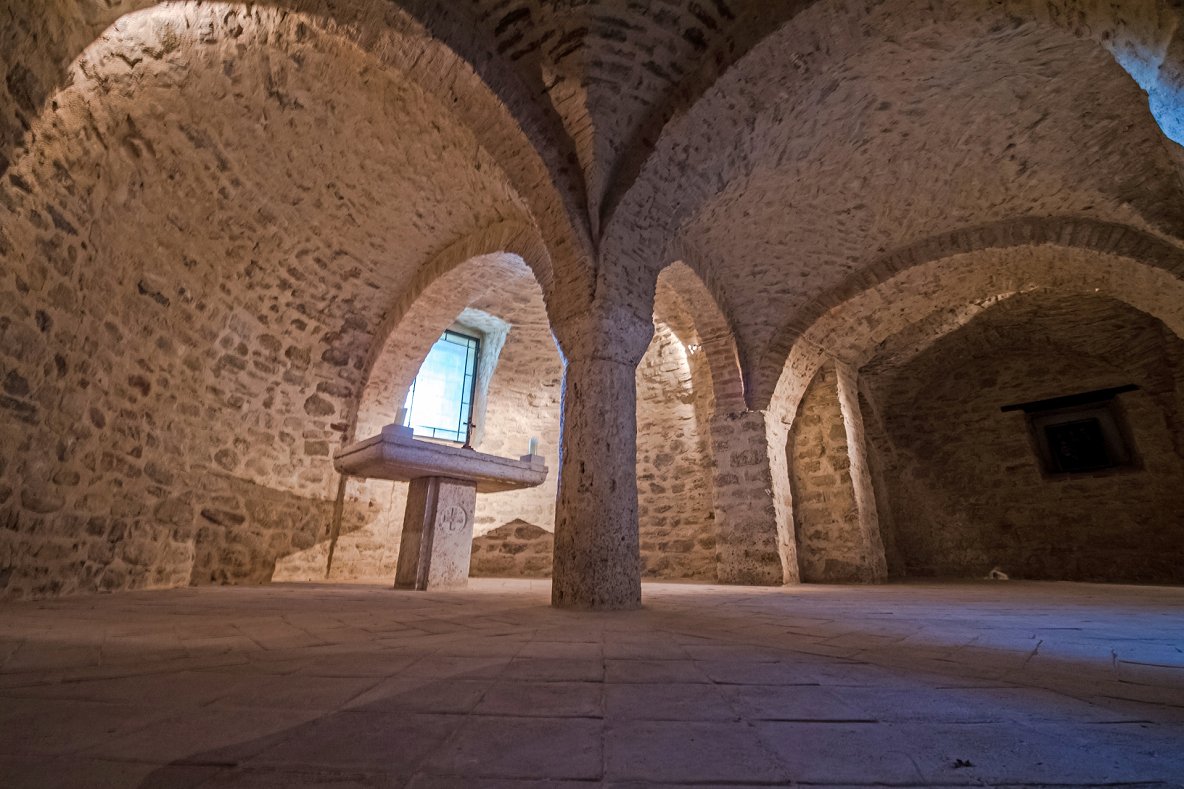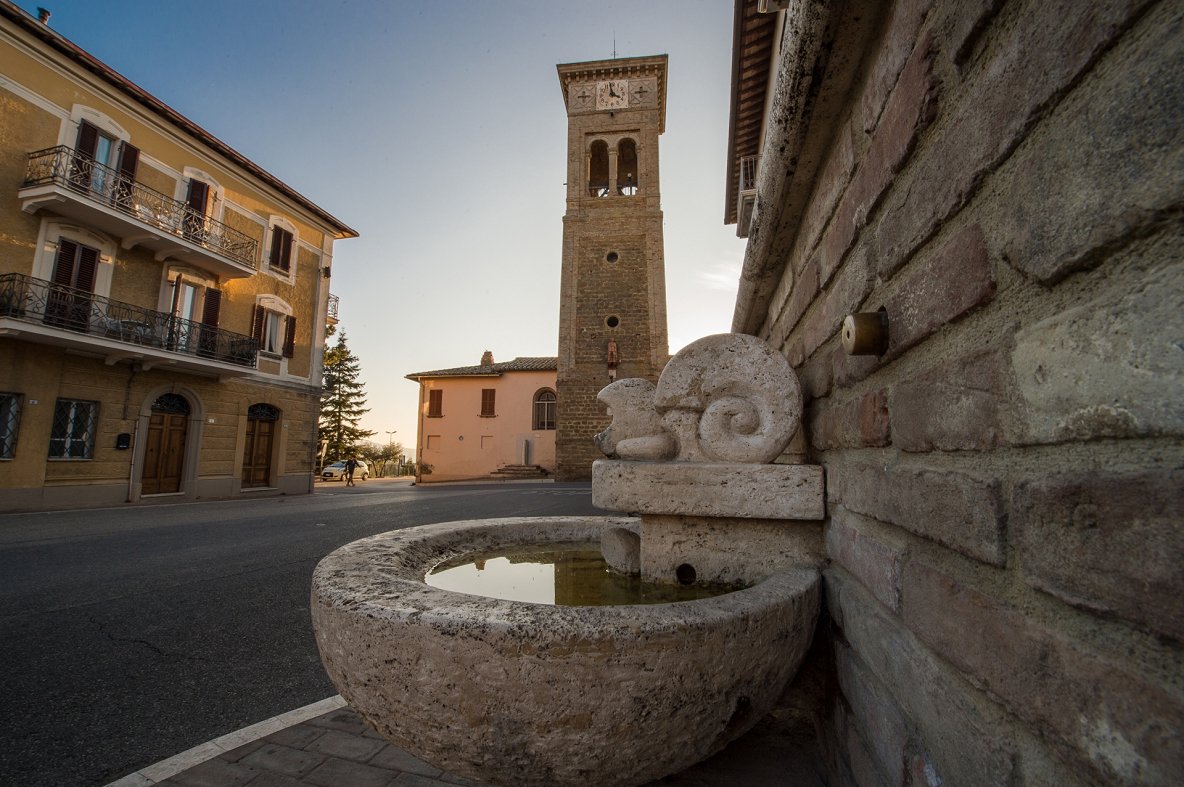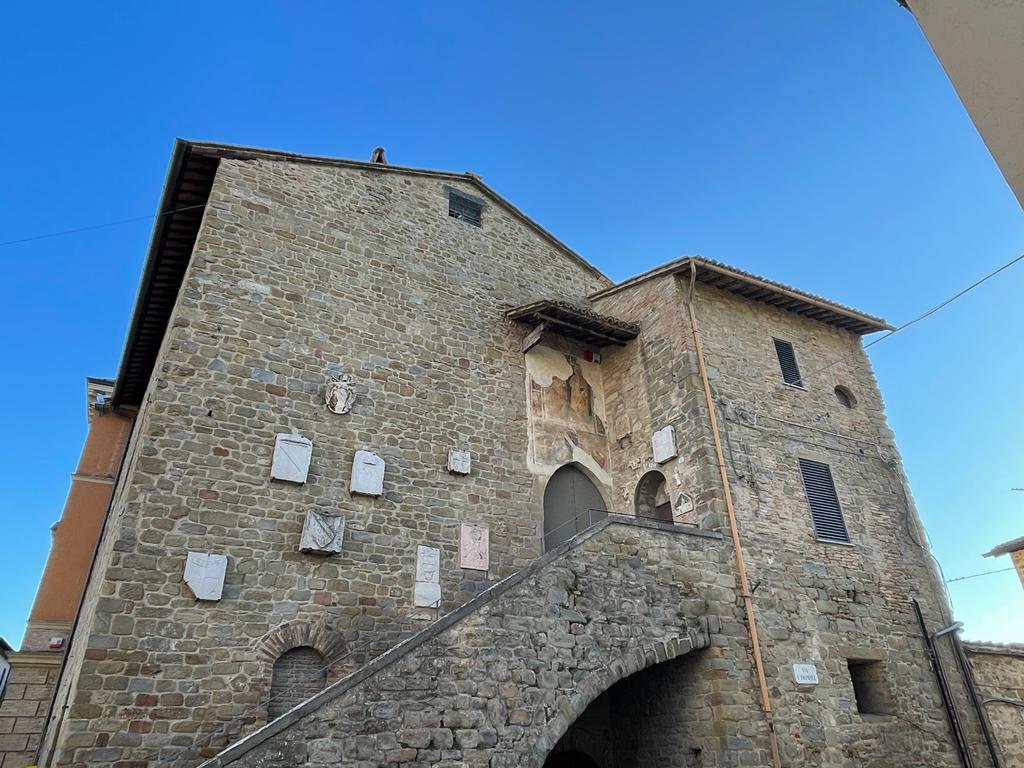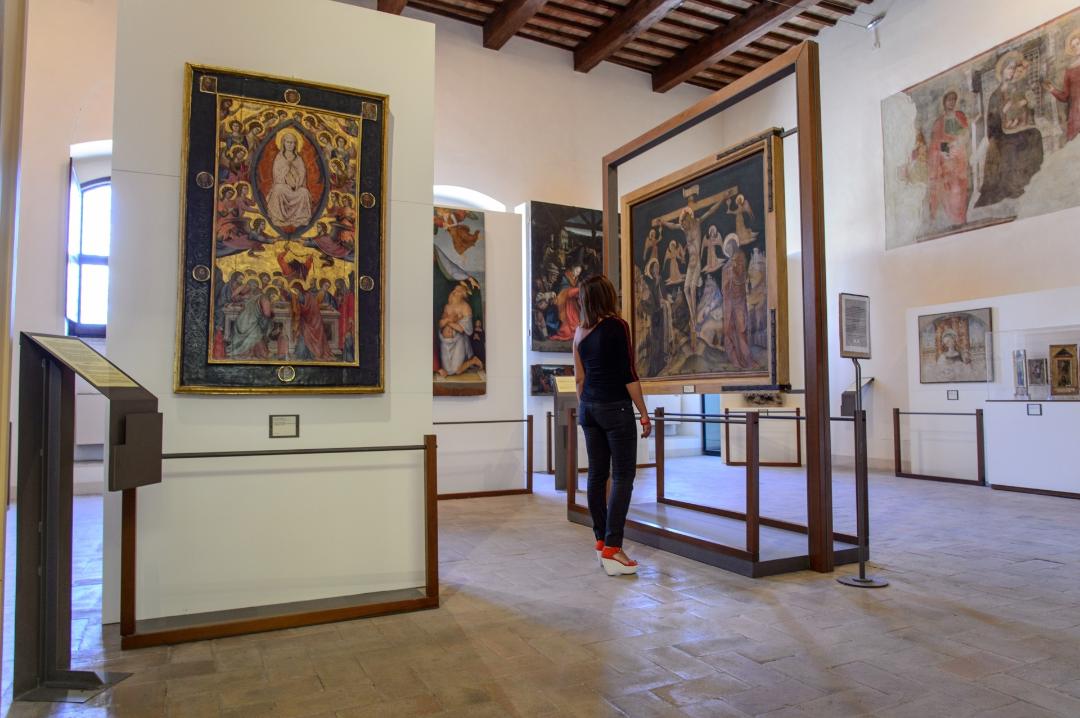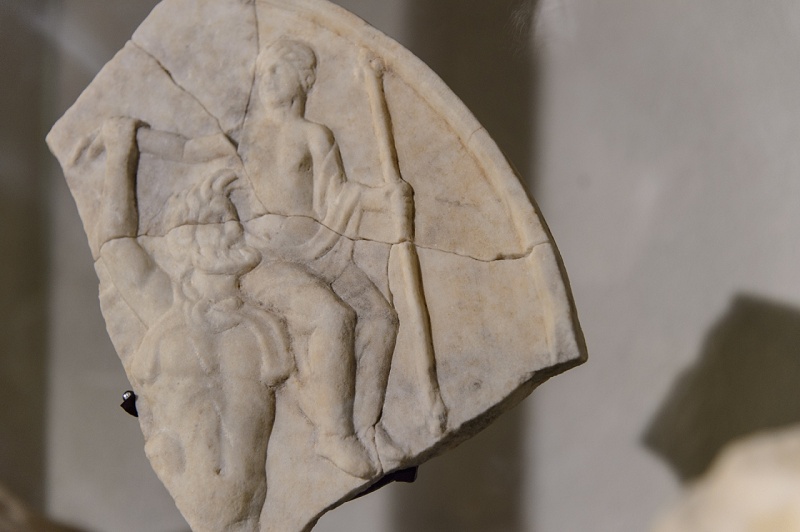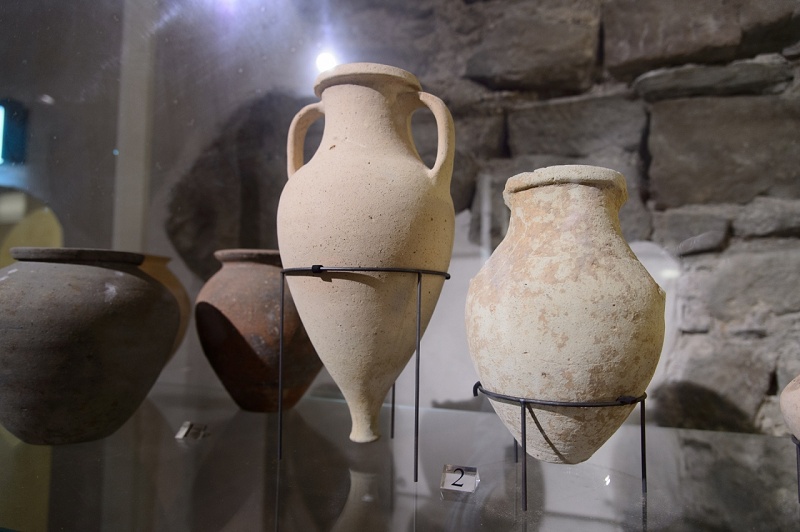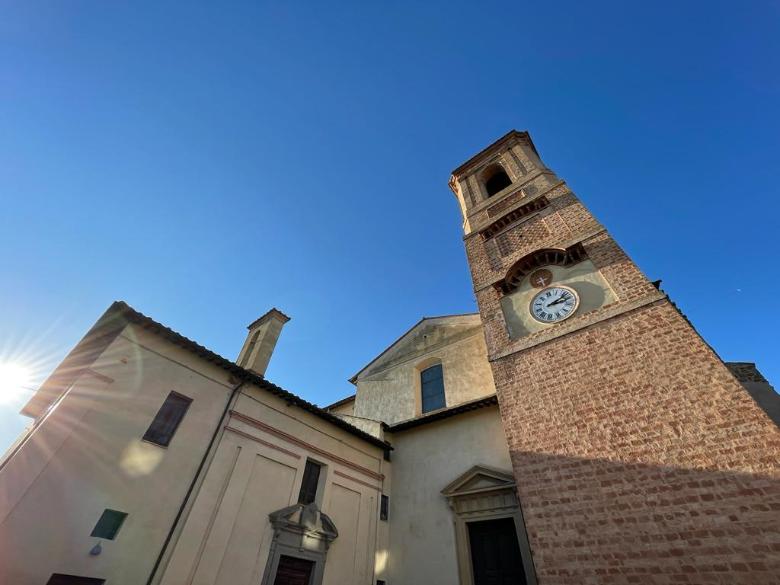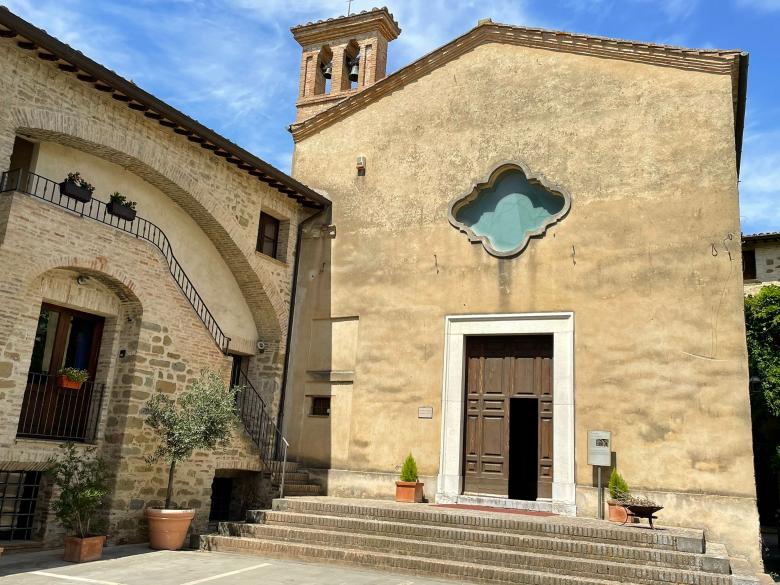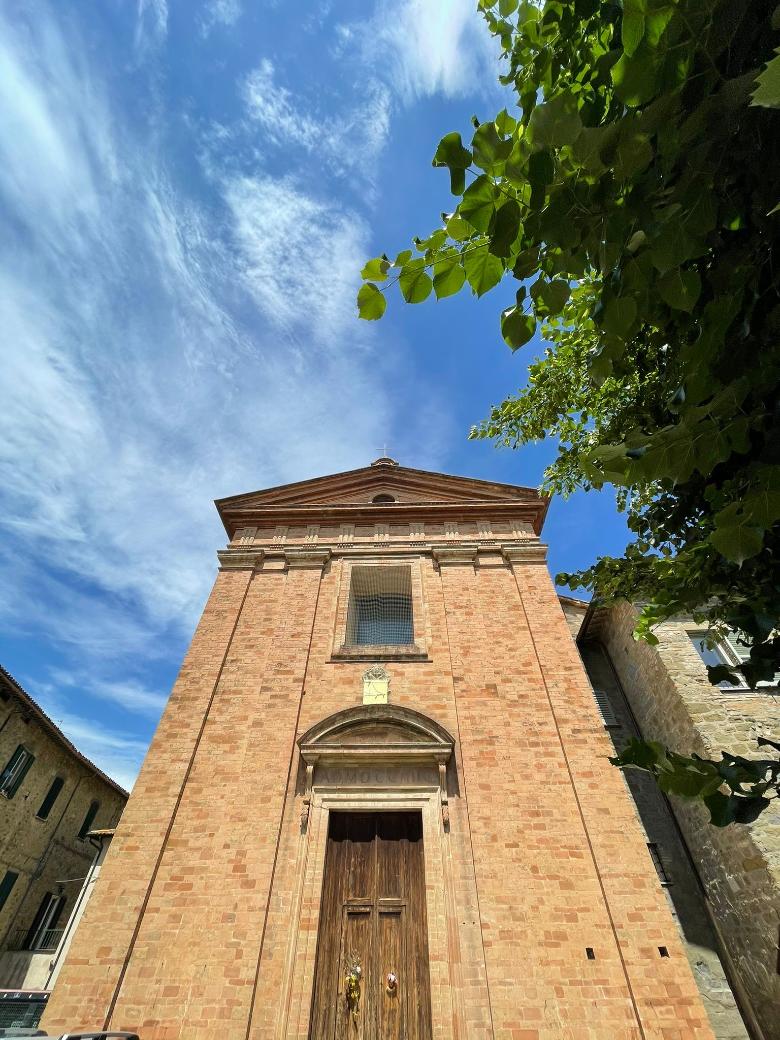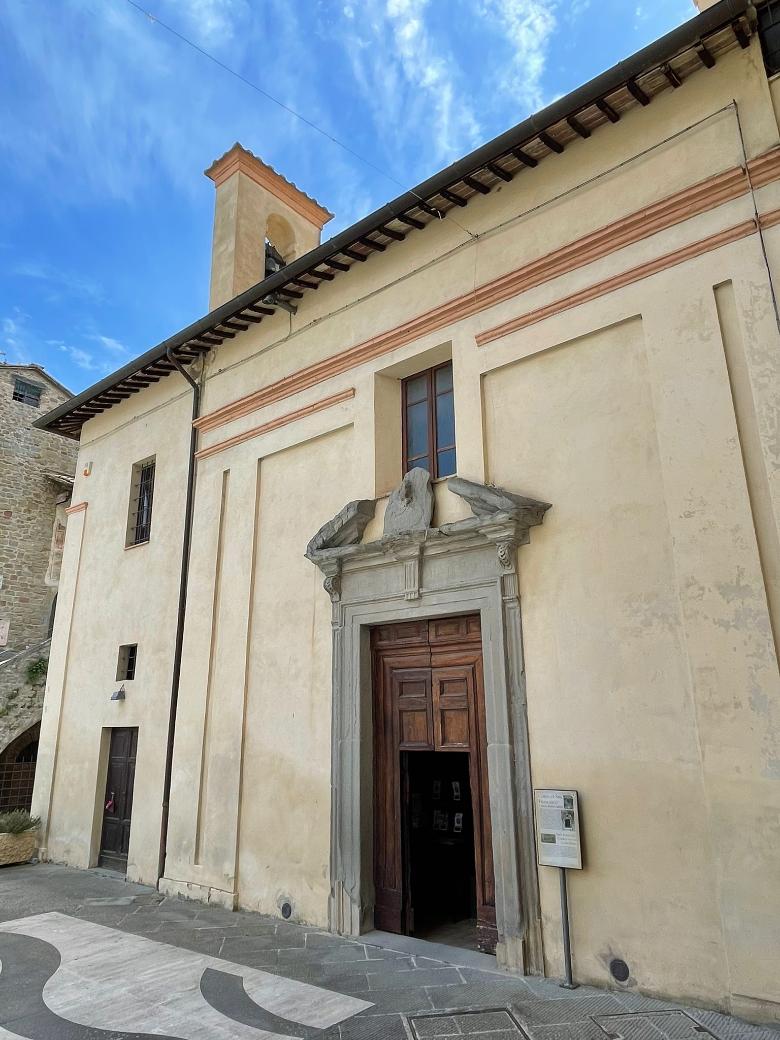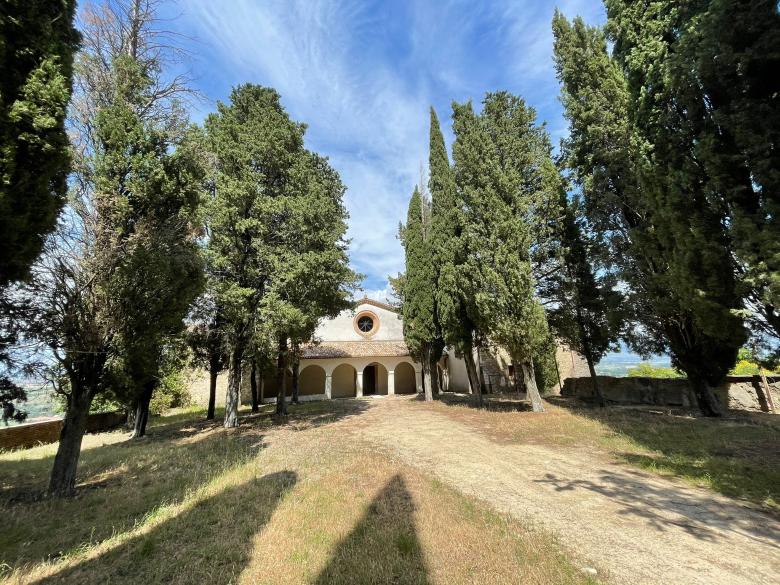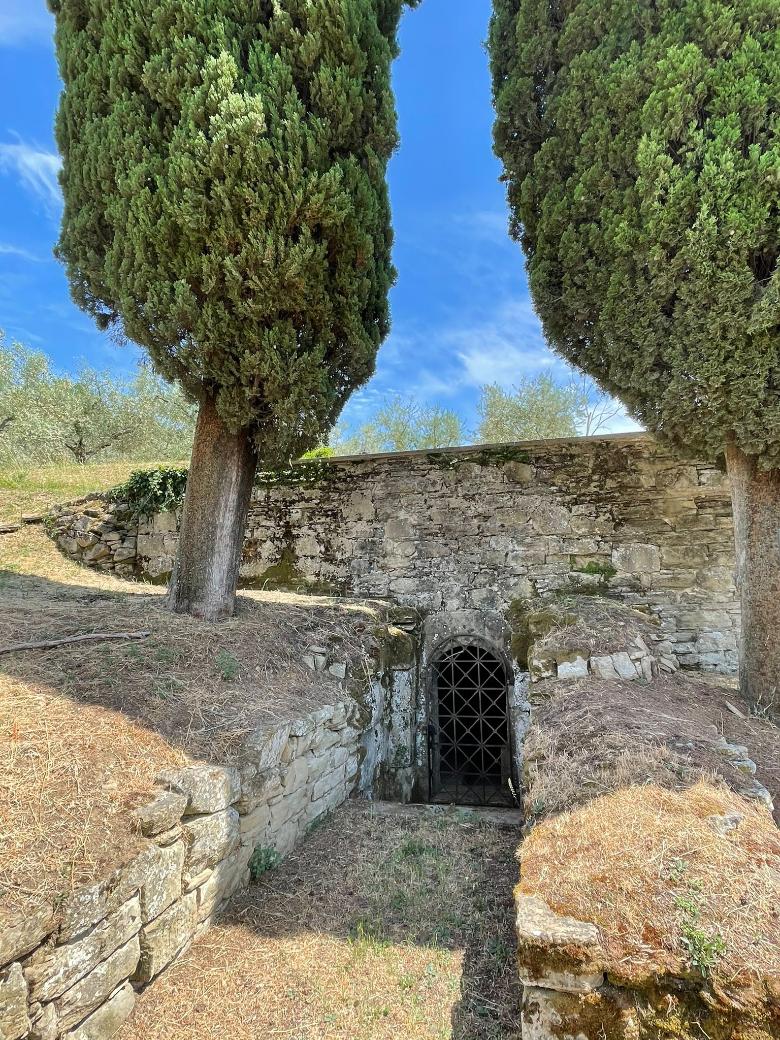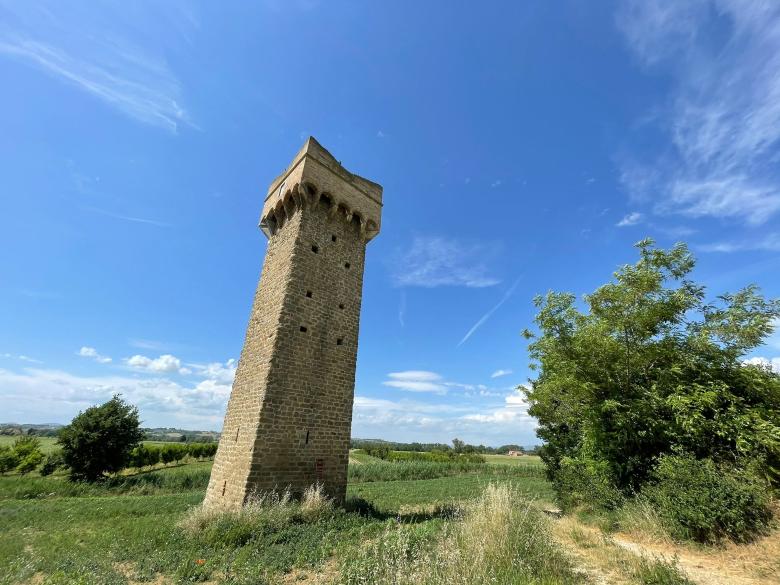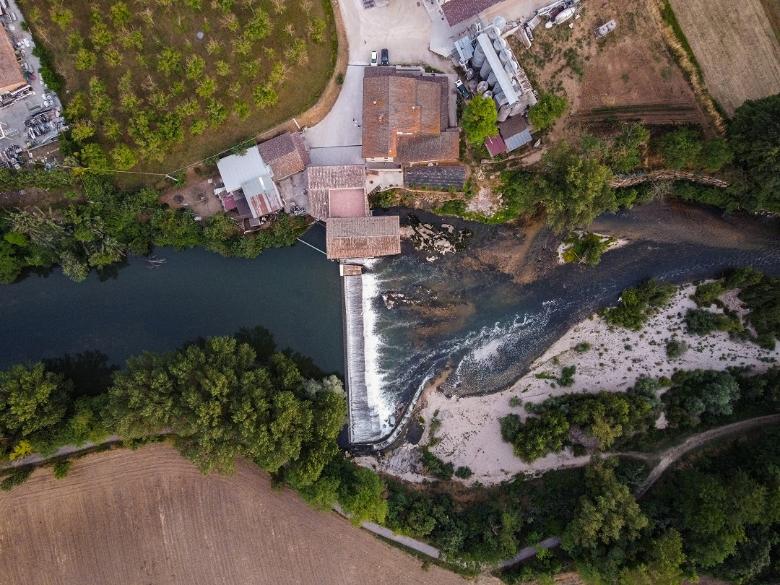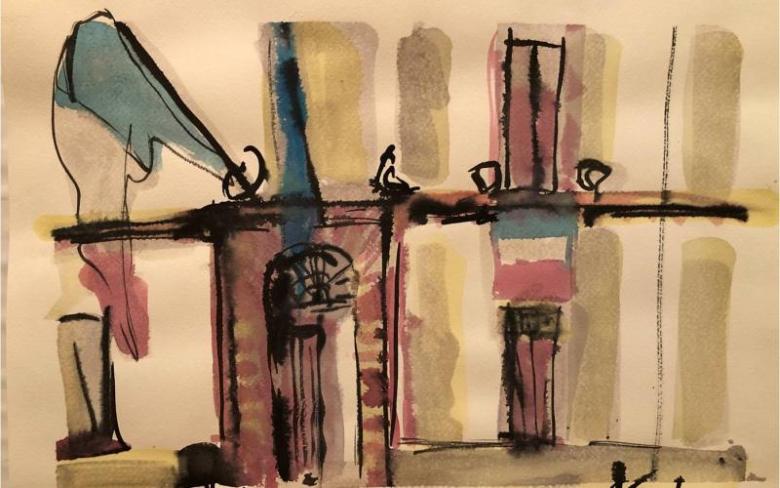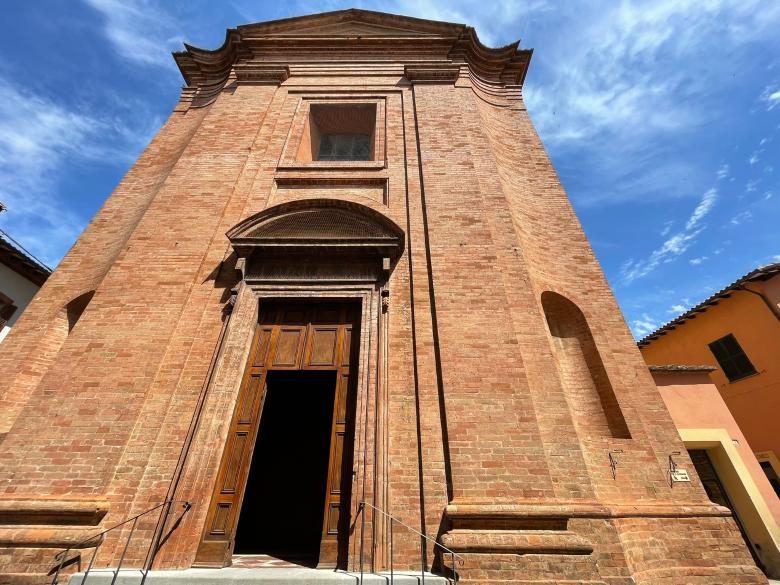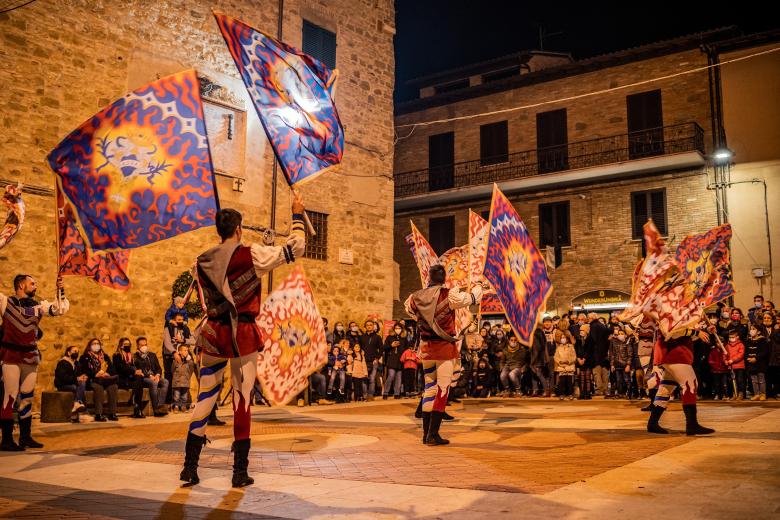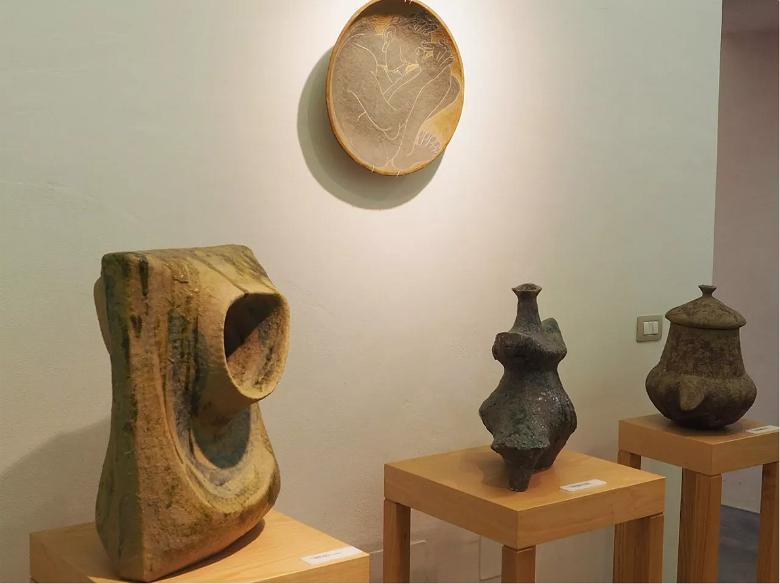Town museum and Pinacoteca - Bettona
Bettona, a hamlet with Etruscan origins and a typically medieval layout, is today one of the “Borghi più belli d’Italia” (most wonderful italian villages), in Umbria. It is located not far from Perugia and its charme comes, not just from the cultural urges it is dotted with, but also for the environmental richness it is surrounded by. In fact, a luxuriant and splendid vegetation covered by olive groves, vineyards and woods frames the village.
Palazzo del Podestà
Palazzo del Podestà is situated in Bettona’s main square, next to Palazzo Biancalana and not far from the church of Santa Maria Maggiore. It is a sober fourteenth-century building, home to the ancient governors and the Podestà.Its construction dates back to the rebuilding of Bettona by Egidio Albornoz in 1367, after the Perugians had razed it to the ground: in 1379, in fact, the decided was made to build a new home for the priors.
The palazzo is important from an historical and artistic point of view, as evidenced by two frescoes: the Maestà e santi, dating back to 1380 and located inside the hall, and the Santi Pietro e Paolo con angeli reggistemma, which is located outside and was painted over half a century later. Over the years, the building took on a different appearance and at the beginning of the 20th century it had 17th-century windows and was a two-storey building, which had been built on the right. It had at least continued to be used for public functions such as hearings with the Conciliator, tax collecting and as a municipal treasury, but the real revival came when it was chosen as the seat of the Bettona’s art gallery.
